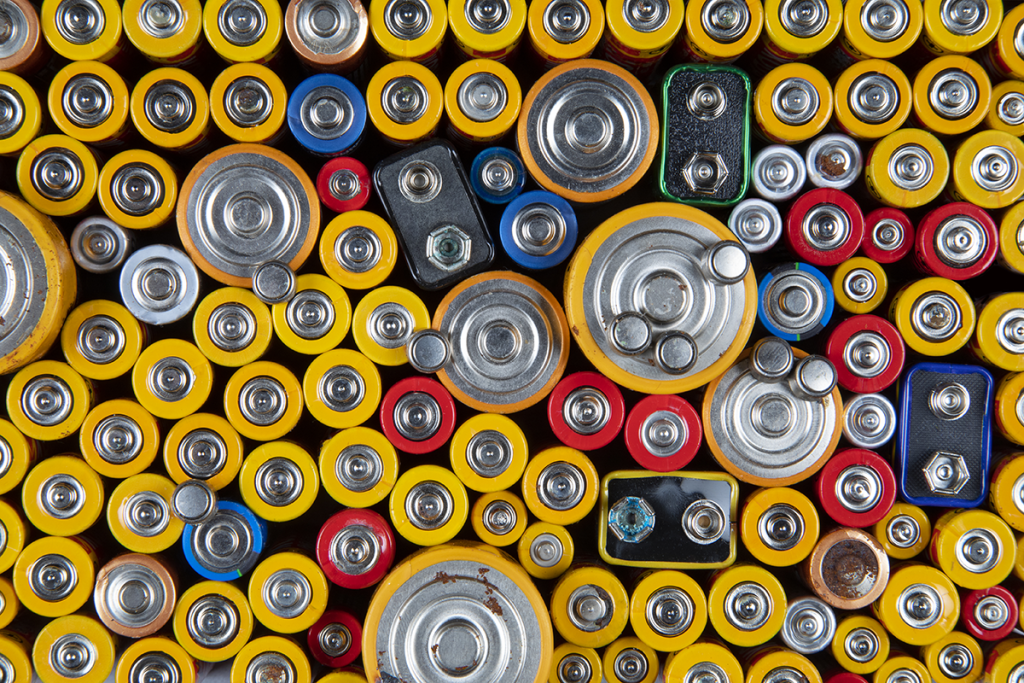Invention Reference Number

This invention is focused on higher energy density electrodes incorporating (1) large volume change materials (e.g., Silicon, Lithium, alloys) or (2) complex heterostructures of ceramic materials like potential configurations in all-solid state and hybrid solid-state batteries. The invention addresses the challenge of increasingly thick electrodes and poor ionic/electronic conductivity in these systems through the formation of controlled interwoven porosity. The inventions focus on the controlled introduction of porosity in the bulk structure or creating microscale scaffolds for idealized electrode/solid electrolyte orientation. The use of additives that foam create an intracellular, or open cell architecture, that has led to the development of improved infiltration and interconnectedness of active phases (cathodes in solid state and silicon). This technology increases accessibility of the electrode, which increases the efficiency of the material that comprise the battery while facilitating scaleup at low processing pressures and temperatures.
Description
Ion diffusion can be limited in thick battery electrodes and between dissimilar materials in the solid state. Electrode accessibility and interconnectedness can be increased by optimizing the electrode structure. This technology uses additives such as gas foamers that can be introduced during processing and subsequently removed during standard drying/curing steps, leaving behind an intracellular, open cell electrode architecture. The selection of foaming agent can be tuned to the polymer stability and/or curing temperatures such that the binder/electrode system does not decompose or break down during gas evolution. The invention is unique to forming intracellular structures that existing technologies using traditional sacrificial additives cannot. In this case, the additive is either soluble or partially soluble in the solvent which gives it a homogeneous distribution through the electrode. The gas formation of the foaming agent vs. the slow decomposition of the sacrificial additive results in a controlled volume expansion of the pore size throughout the structure using very little additive. This opens the accessibility of the electrode architecture to facilitate infiltration, volume expansion, and electron and ion transport.
Applications and Industries
- Battery electrodes
- Electrochemical systems i.e. fuel cells, catalysts
Benefits
- Increases efficiency of battery/electrode materials
- Opens up electrode so ionic transport is more effective
- Foam acts quickly
- Can be used for traditional Li-ion as well as solid state and high energy density batteries
Contact
To learn more about this technology, email partnerships@ornl.gov or call 865-574-1051.





